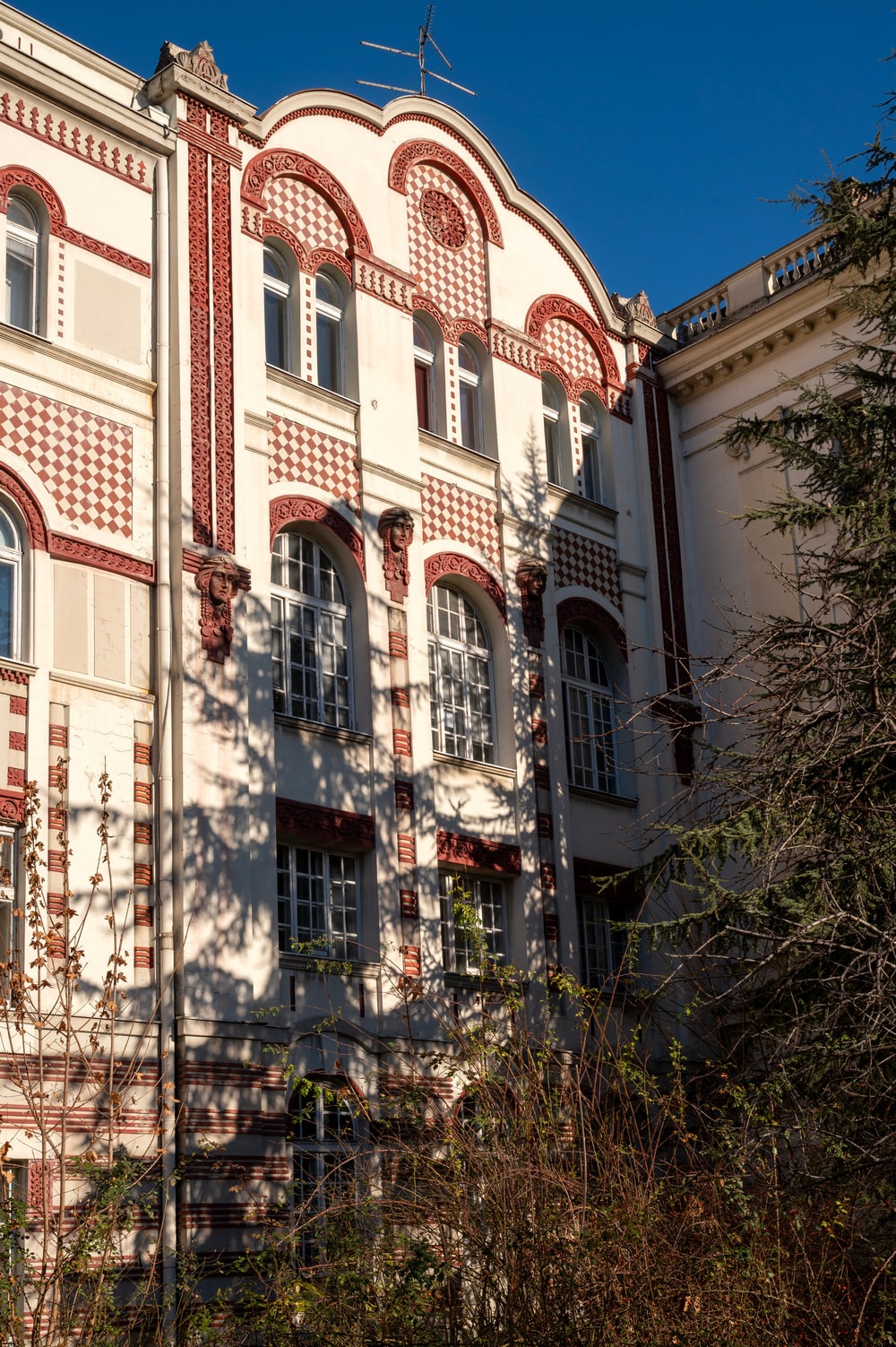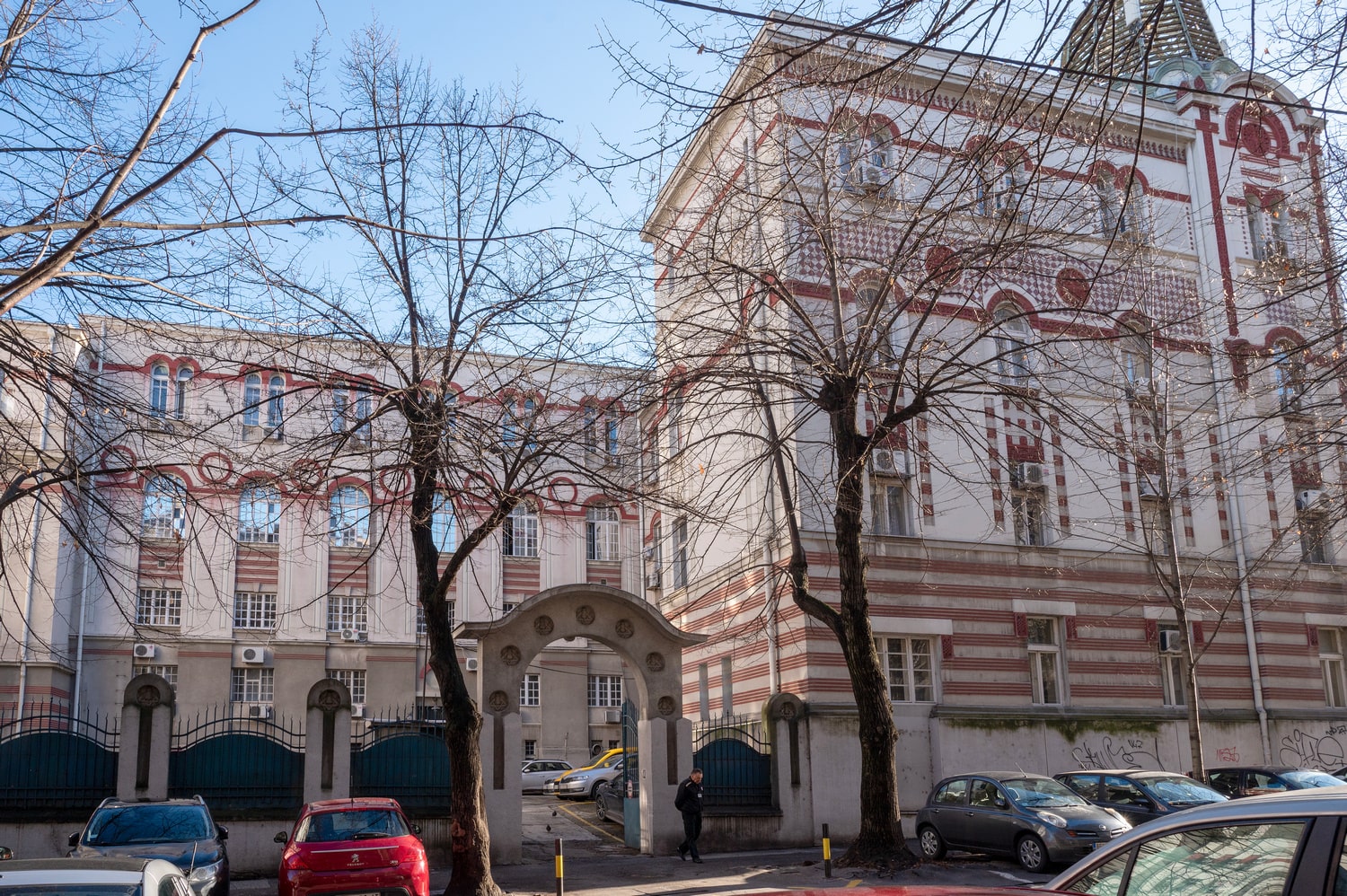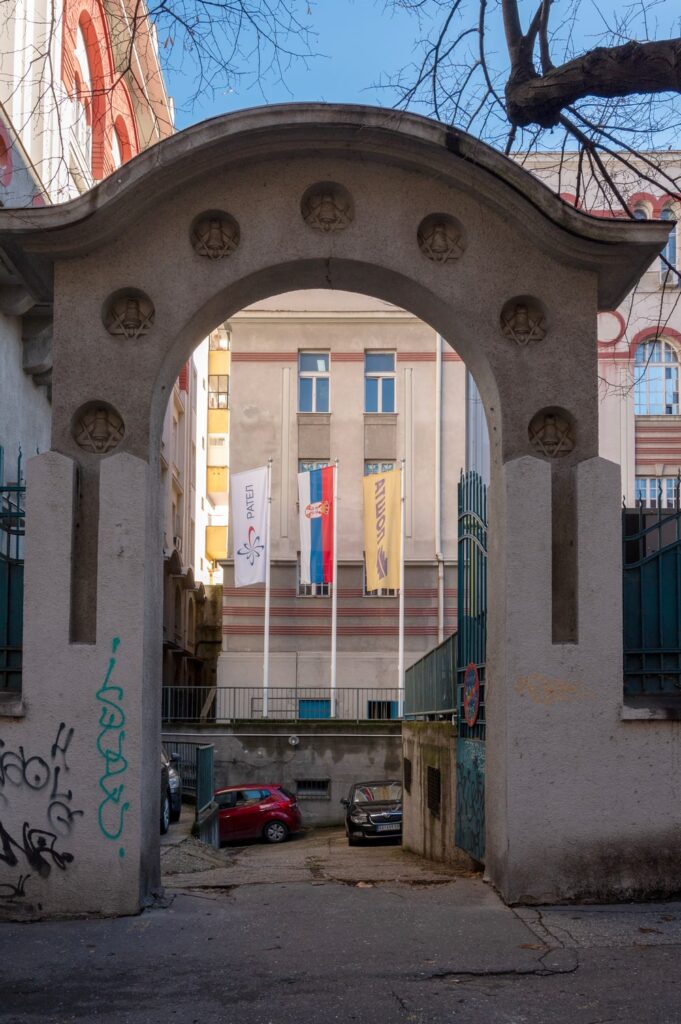Castles of Serbia
The building of the Old telephone exchange
Belgrade
One of the most significant buildings in Belgrade from a cultural and architectural point of view is the former telephone exchange building, since it was built in a style that before the First World War, was “intended” to mark Belgrade and all the cities of Serbia at the time, as a response to the secession in neighbouring Hungary and Austria, and to world trends that were formed in Germany, France and the United Kingdom. As Art Nouveau derived many elements from medieval tradition and folk creativity, using rich ornamentation, thus opposing the machine and industrial age, so “Serbian Art Nouveau” derived many elements from Serbian medieval art, Serbian folk tradition and Byzantine architecture. In this case, the architects tried to incorporate elements of the Moravian school of Serbian architecture, the most indigenous style in Serbian architecture before the fall to Ottoman slavery. The Moravian style is known for having inserted into the Orthodox, Byzantine tradition elements of Gothic, which flourished in the west, and Armenian architecture, since, due to the occupation of Armenia, numerous refugees, including masons, flooded Europe, including Serbia at the time.



The former building of the telephone exchange is located in Belgrade, at Kosovska Street 47. It was built according to the project of Branko Tanazević specifically as a telephone exchange, and it is the first building of its kind in Serbia. It was completed in 1908. The first floor was added after the First World War. The building has been under state protection since 1981, as a cultural asset of great importance. Conservation works were carried out in 1988. From the spatial-constructive aspect, the building is based on the tradition of academicism, while the formation is derived from the Serbian-Byzantine style.
It has functional foundations and an overall simple architectural composition, while the emphasis is on the processing of the corner part of the building with a characteristic dome. The facade is asymmetrical, with a wider lower facade in one part of the building and large windows that take up most of the facade canvas. The sumptuous low plastic decoration, reduced almost to the plane of the facade, is derived from stylized motifs taken from the legacy of the Moravian school (windows-roses, ornaments, geometric drawings, chequerd (chess boxes)).
In addition to being a successful embodiment of the Serbian-Byzantine style in Belgrade architecture and a significant work of one of the main supporters of this style, this building also possesses historical significance as a representative construction of a specific purpose that documents the development of telephones in service in Serbia at the beginning of the 20th century. The building is on a 50,000,000 RSD banknote from 1993.






